
The Mysterious Journey of the Kohinoor Diamond
By Storybird

16 Aug, 2023

The Kohinoor diamond wasn't always known by its current name. It journeyed across continents and dynasties before it was known as Kohinoor, a Persian term meaning 'Mountain of Light'.

The Kohinoor was first discovered in the mines of Andhra Pradesh, India. Originally, it was known as Syamantaka, a gem in the mythical stories of India.

Syamantaka was said to bring good fortune and prosperity to its rightful owner. Yet, it also brought upheaval and bloodshed, as many coveted its beauty and power.
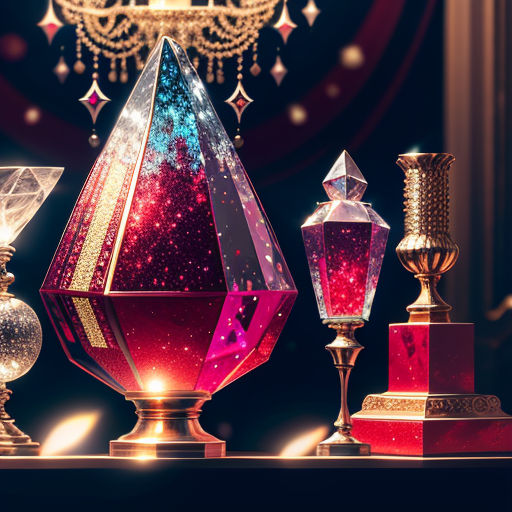
The diamond passed down many generations, exchanged between royals and warriors. Each time, the diamond was cut and reshaped to the new owner's preference.
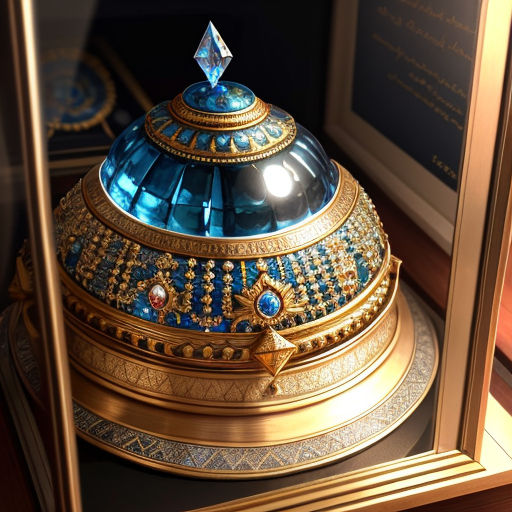
The Mughal Emperor Babur was the first to rename it 'Kohinoor'. Struck by its grandeur, he penned down verses to describe its invincible magnificence.

The Kohinoor witnessed tumultuous times during the invasion of Nadir Shah. It was during this time that the diamond saw Persia, and it added an international touch to its journey.
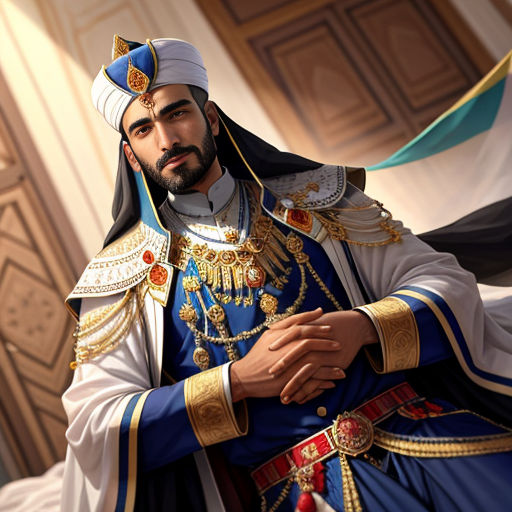
Nadir Shah was assassinated, and the diamond fell into the hands of Ahmed Shah Durrani. But the Kohinoor’s journey didn't end here. It had many places to visit and many hands to change.

Maharaja Ranjit Singh, the Lion of Punjab, came in possession of the diamond next. Under him, the Kohinoor embellished the Sikh Khalsa, symbolizing their unity and strength.
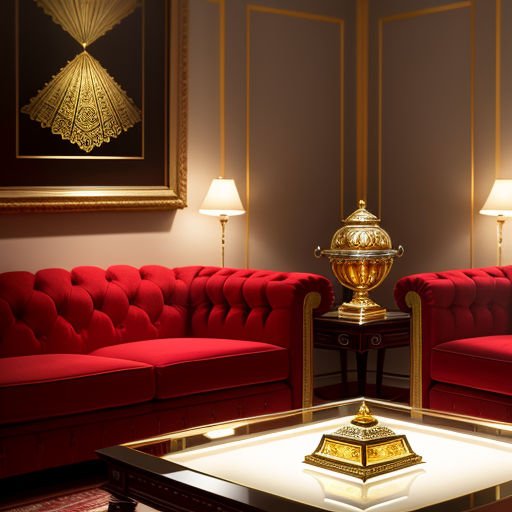
After the demise of Maharaja Ranjit Singh, the British claimed the Kohinoor. It was a political maneuver to mark their victory over Punjab.

In 1849, the diamond was transferred to British hands under the Treaty of Lahore. It was shipped to England where it began its new life.
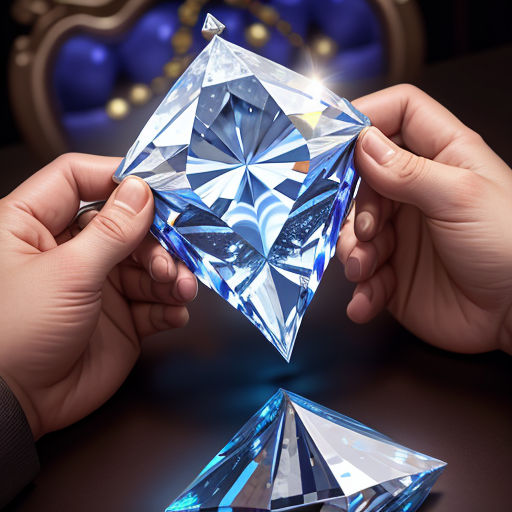
In England, the Kohinoor didn't receive the same reverence. It was studied scientifically, and deemed less brilliant than expected. The Queen ordered it to be recut and polished.
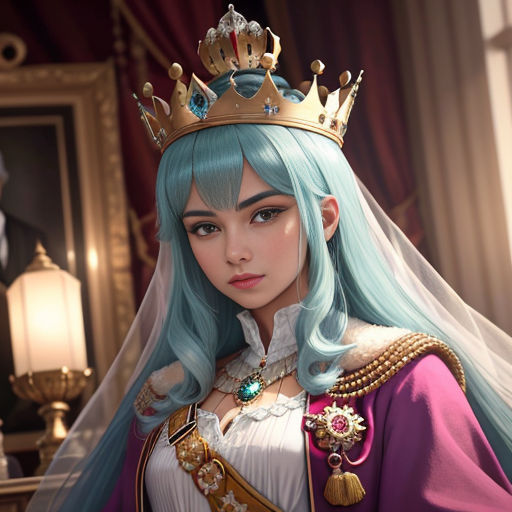
Queen Victoria wore it as a brooch initially. Later, it was set into the Queen Consort's Crown, and it has remained a part of British Crown Jewels ever since.

Despite its new setting, the Kohinoor never ceased to be an emblem of controversy. It constantly faced demands for repatriation from India, Pakistan, Iran, and Afghanistan.
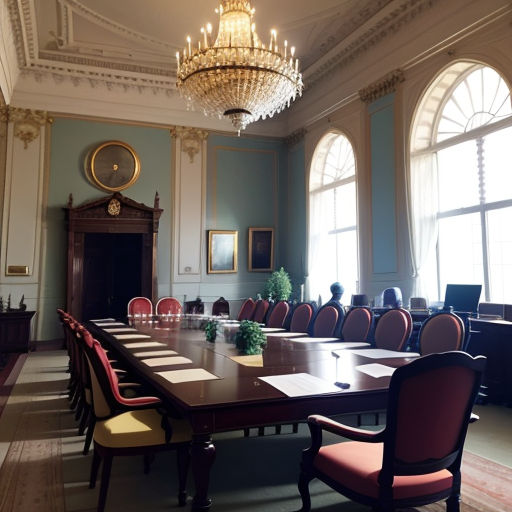
Amidst ongoing debates, the British Government maintained their stance. They claimed the diamond was obtained legally under the Treaty of Lahore.

The Kohinoor has many tales whispered about it. One such tale is that the diamond is cursed. Only a woman can wear it without any fear, while men who wear it will face misfortune.

The tale seems to hold true as only Queen Consorts have worn the Kohinoor since it came into British hands, possibly in fear of the alleged curse.
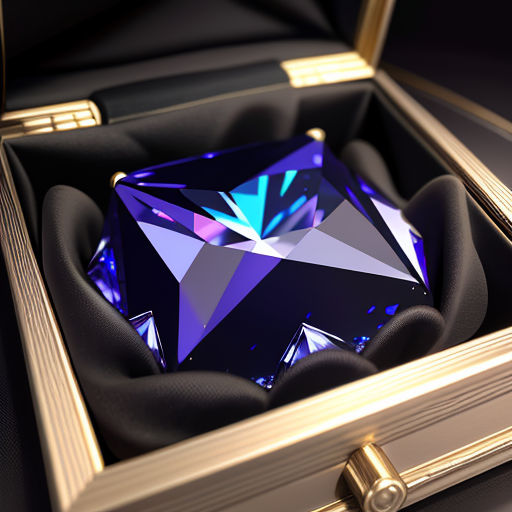
Over centuries, the Kohinoor was cut down from its original 793 carats to its current 105.6 carats. Each cut was meant to enhance its brilliance, yet it cost the diamond its size.

The Kohinoor remains the most famous diamond in the world, despite its size reduction. Its history, journey, and stories lend it a mystique unmatched by any other gem.
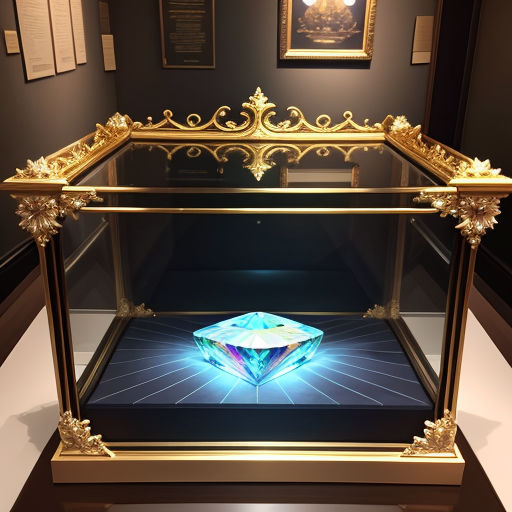
Though the diamond's journey has been tumultuous, it has remained unscathed, undiminished in its grandeur. Its sparkle continues to bewitch onlookers and ornament the crown jewels.

The tales of Kohinoor span across dynasties, countries, and centuries. Its history intertwines with those who owned it, echoing their glory, victory, or defeat.

The Kohinoor's charm is not merely in its beauty but the stories it carries. Each facet reflects a chapter of its history. It's more than a diamond; it's a gem of history.

The Kohinoor's journey from the depths of the earth to the crown of the Queen is proof that every bit of creation holds potential for greatness, only if discovered and nurtured.

The Kohinoor has seen and experienced more than any diamond could. It has travelled far and wide, touched the lives of emperors and queens, and witnessed the rise and fall of empires.
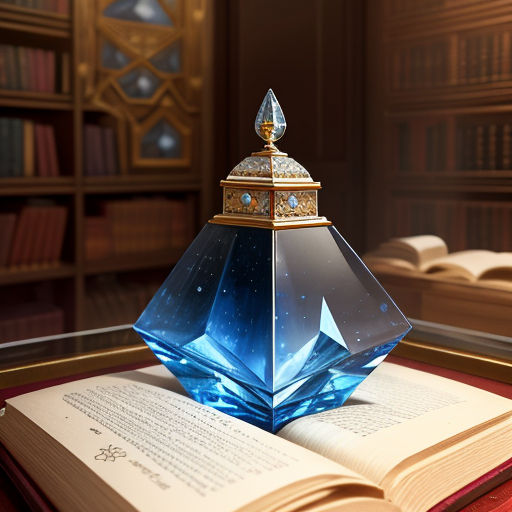
The stone still holds secrets, tales untold, and histories unknown. Mightier than any sword, the Kohinoor has left its mark on history, a legacy that will continue to shine.

Time will tell if the diamond will ever return to its homeland or continue to be a part of the British Crown Jewels. Until then, the Kohinoor's journey continues, as eventful as ever.